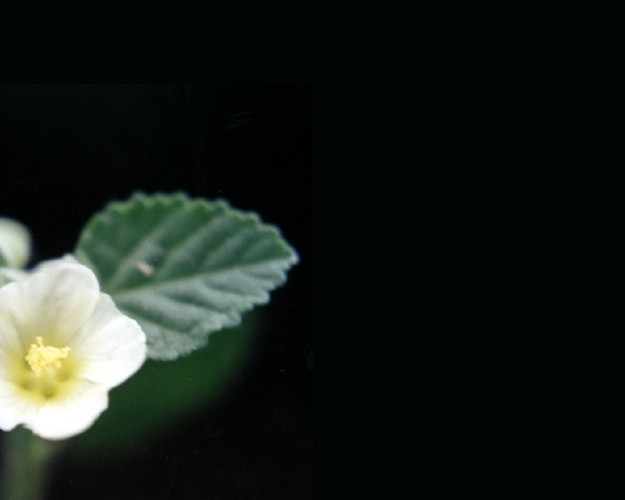Arrowleaf sida
(Sida alnifolia)

Description
Sida rhombifolia, commonly known as arrowleaf sida, is a perennial or sometimes annual plant in the Family Malvaceae, native to the Old World tropics and subtropics. Other common names include rhombus-leaved sida, Paddy's lucerne, jelly leaf, and also somewhat confusingly as Cuban jute, Queensland-hemp, and Indian hemp (although S. rhombifolia is not related to either jute or hemp). Synonyms include Malva rhombifolia. It is used in Ayurvedic medicine, where it is known as kurumthotti. The stems are erect to sprawling and branched, growing 50 to 120 centimeters in height, with the lower sections being woody. The dark green, diamond-shaped leaves are arranged alternately along the stem, 4 to 8 centimeters long, with petioles that are less than a third of the length of the leaves. The leaves are paler below, with short, grayish hairs. The apical half of the leaves have toothed or serrated margins while the remainder of the leaves are entire (untoothed). The petioles have small spiny stipules at their bases. The moderately delicate flowers occur singly on flower stalks that arise from the area between the stems and leaf petioles. They consist of five petals that are 4 to 8 millimeters long, creamy to orange-yellow in color, and may be somewhat reddish in the center. Each of the five overlapping petals is asymmetric, having a long lobe on one side. The stamens unite in a short column. The fruit is a ribbed capsule, which breaks up into 8 to 10 segments. The plant blooms throughout the year. It is widely distributed as a tropical and subtropical weed in the eastern and western hemispheres. This species is usually confined to waste ground, such as roadsides and rocky areas, stock camps or rabbit warrens, but can be competitive in pasture, because of its unpalatability to livestock. It grows on savannahs, roadsides, thick scrub, hillsides, and swampy woodlands. It is such a tropical species that it is located below 2,000 meters above sea level. The plant is emollient and is for ulcers, high fevers and is antidiarrheal. It is useful against heart conditions such as pulmonary catarrh and ovarian diseases. Its root is used as an anticrotalic, a serum is prepared against the venom of rattlesnakes and black widow spiders. In Jalapa (Mexico) it is used a substitute drug for marijuana. In Alor, Eastern Indonesia the leaves are used to treat boils, and the root is used to treat infant asthma.
Taxonomic tree:







